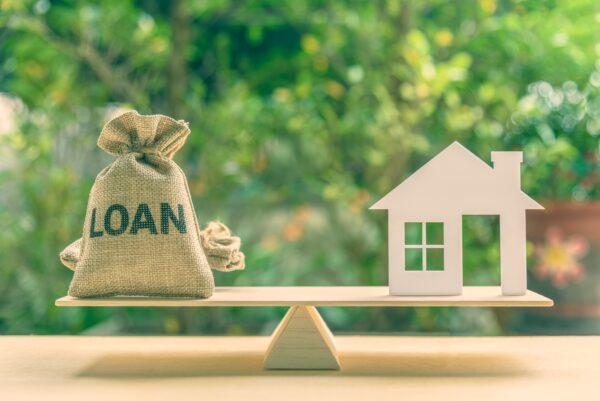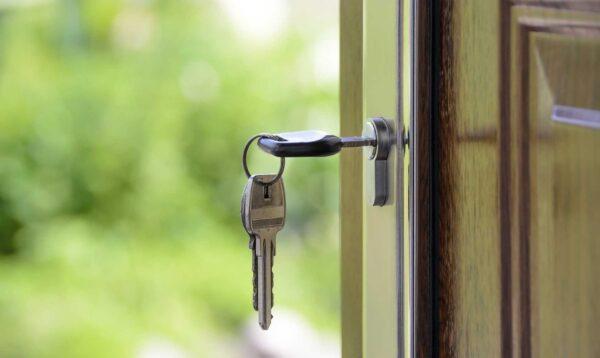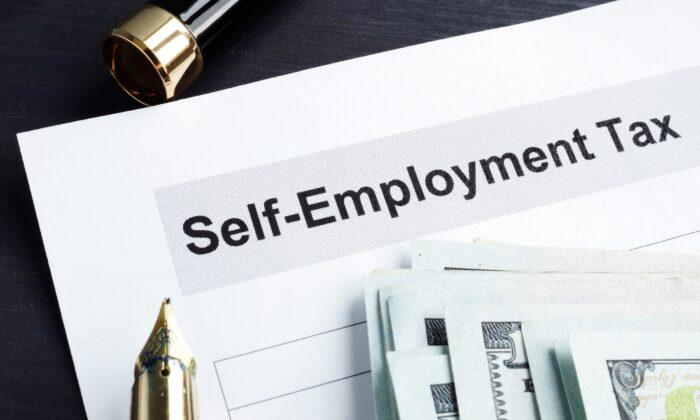When you include a down payment with your mortgage loan to pay for a new home, those funds you included are your investment in your home. In order to reduce your mortgage payment as much as possible, your down payment is perhaps as large as you could afford. For most home buyers, the down payment is a great deal of money.
Every monthly mortgage payment you make includes principal, which is the amount that goes directly to the purchase price of the home. That principal is added to your down payment to create the funds you have applied to the cost of your purchase. In totality, this is your “equity” in the home.
- Home equity loans or lines of credit are ways to repurpose the funds you have invested in your home.
- They can be used for home improvement purposes, to increase the value of the home you are invested in.
- They can be used to consolidate other loans, such as credit card debt or automobile loans, so that you are making one payment at a much lower interest rate.
- In the case of a home equity line of credit, that is money that is available when you need it, but you are not paying interest on those funds until you use them.

Home Equity Loan
A home equity loan (HELOAN) is a lump sum provided to you as a loan against the equity you have built into the value of your home. It is, in fact, a second mortgage on your home.In most cases, the home equity loan can be equal to up to 85 percent of the equity in your home. If your down payment on the house was $200,000, you could borrow up to $170,000 of that down payment with a home equity loan. With each mortgage payment you make, your equity in the house increases, and thus the amount you could get in a home equity loan increases.
You will pay interest on the loan amount in a separate payment from your mortgage payment, and the interest rate on your home equity loan is likely to be higher than the interest rate on your initial mortgage. The rate you will be offered will depend on the appraised value of your home versus the mortgage amount due. It can also be impacted by your credit score, your current debt-to-income ratio, and your mortgage payment history. Such loans can have a payback period of between one to 30 years (and that deadline will also have an impact on the interest rate you are offered).
There are likely to be closing costs or fees related to the application and completion of a home equity loan.
You do not need to use the same bank that is handling your mortgage for your home equity loan.
Home Equity Line of Credit
If you do not need a huge lump sum immediately but would like to be able to borrow against your home equity from time to time, you can open a home equity line of credit (HELOC). A HELOC, which is another form of a second mortgage, creates a fund with a credit limit which you can access when needed, and you pay interest only on the amount you borrow. In fact, you are likely to only be charged the interest on the loan in monthly installments (although you can repay the principal as well at any time without penalty).Most HELOCs come with a lower interest rate than a home equity loan, although HELOCs often are offered with variable interest rates that will change throughout the loan period depending on the federal prime rate. Because of the lower interest rate, HELOCs are often used to consolidate credit card or other outstanding debt, which almost always carries a higher interest rate than your HELOC.
There is likely to be an application fee for a HELOC, and you are likely to pay an annual fee for the benefit of having the funds available to you. With most lenders, you can debit from a HELOC the way you use funds in your checking account.

The Difference between a HELOAN and a HELOC
A HELOAN is a lump sum loan with a specified repayment plan and usually a fixed interest rate. A HELOC is an established line of credit to be drawn upon when needed, and usually comes with a variable interest rate.How Much Should I Borrow
In most cases, lenders are going to want a loan-to-value ratio of no more than 80 percent, meaning you need to have at least 20 percent of your home purchase price in equity. If you purchased a $500,000 home, you would need to have at least $100,000 in equity to be considered for the second mortgage.A Second Mortgage or Refinancing
Another way to access the equity in your home is through a refinance, which is a mortgage to replace the mortgage you already have. The refinance mortgage will be a higher amount than what you owe on your original mortgage, and the difference between the two will be the cash that is then turned over to you for your use.With a refinance, you have only one mortgage and one mortgage payment, instead of two payments you would have with either a HELOAN or a HELOC. Your refinance interest rate is likely to be higher than your original mortgage rate but not as high as either a HELOAN or HELOC rate.

Purposes of a HELOAN or HELOC
There are no limitations on how you use the funds you acquire through a HELOAN or HELOC, but there are popular reasons why homeowners repurpose the funds they have invested in their home.- Home improvement. If your home needs some form of major improvement that will increase the value of the home in the case of a resale, HELOANs or HELOCs are one way to pay for those improvements. An extra bedroom, a basement upgrade, improved plumbing fixtures—these are all home improvements that can be paid for through HELOAN or HELOC funds. As noted below, this is a case where the interest rate on the second mortgage may be tax deductible.
- Consolidate credit card debt. Your credit card debt carries an annual interest rate in the double digits, sometimes as high as 18 percent. The funds you acquire through a second mortgage will carry an interest rate much lower than that. You can use the HELOAN or HELOC funds to consolidate all of your other debts so that you are paying only one payment per month at a much lower interest rate. This makes it easier to make budget decisions as well.
- College costs. There are numerous ways to finance a college education, and a second mortgage through HELOANs or HELOCs is one way to do it. There are numerous advantages to this method. It is much better than taking out a student loan in your child’s name, which may linger over that child for years to come.
- Emergency fund. In the case of a HELOC, the money is there if and when you need it. Having gone through the application process and getting approved now saves you from having to go through the length approval process at the time you need the funds. A HELOC serves as a financial security blanket. You could also use the funds from a HELOAN in that manner as well, getting the lump sum from the bank and holding on to it for emergency needs. But a HELOAN carries immediate monthly payments and interest charges where a HELOC only requires monthly charges when the money is pulled from the fund.
Tax Implications
The interest you pay on your first mortgage is federally tax deductible, up to a certain level. Home equity or second mortgage interest cannot be deducted in your federal taxes unless that money is used to “buy, build, or substantially improve your home,” according to the IRS. A call to your accountant or a conversation with your original lender will help you determine your personal tax deductions related to a second mortgage.
Where Do I Get a Home Equity Loan?
Any consumer or private bank can offer you a HELOAN or HELOC, and you likely get offers from credit card services as well. Bankrate.com provides daily updates on the best rates available for second mortgage loan applications.The Epoch Times Copyright © 2022 The views and opinions expressed are only those of the authors. They are meant for general informational purposes only and should not be construed or interpreted as a recommendation or solicitation. The Epoch Times does not provide investment, tax, legal, financial planning, estate planning, or any other personal finance advice. The Epoch Times holds no liability for the accuracy or timeliness of the information provided.






